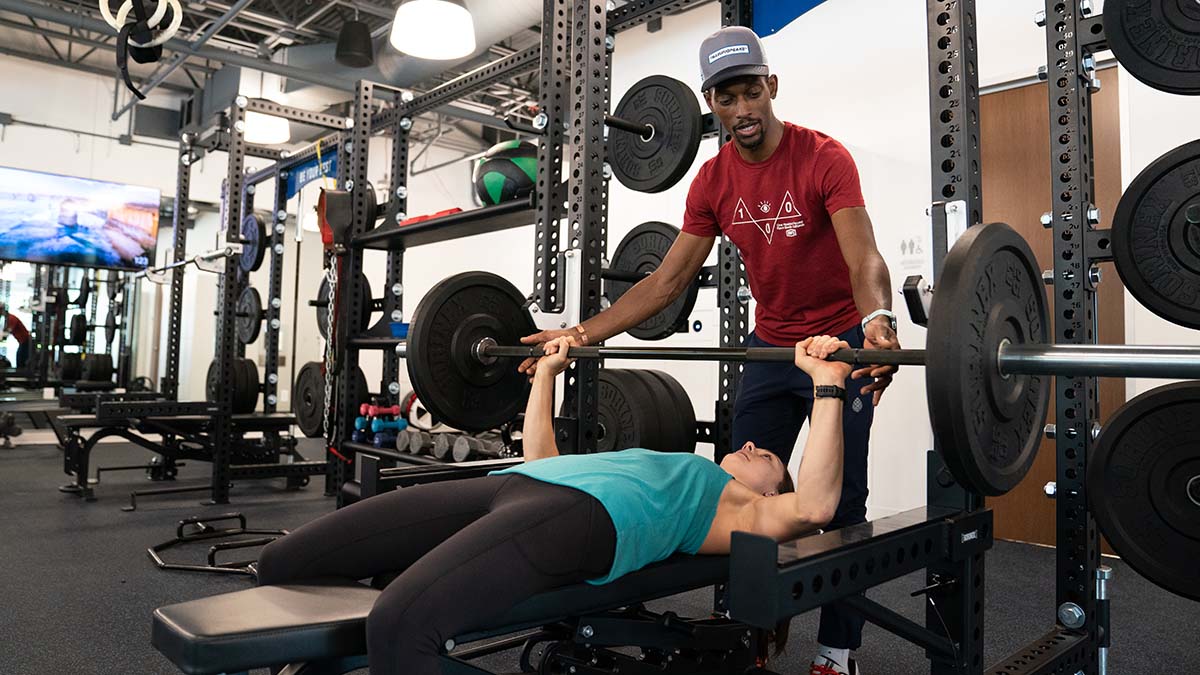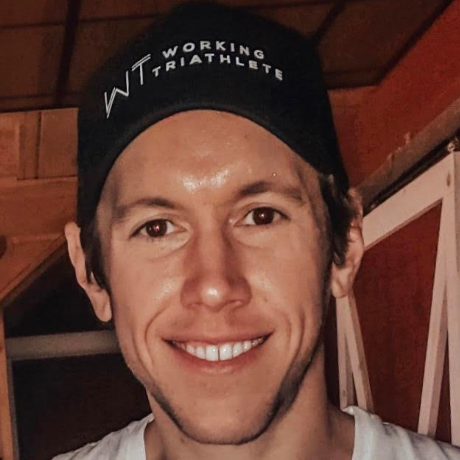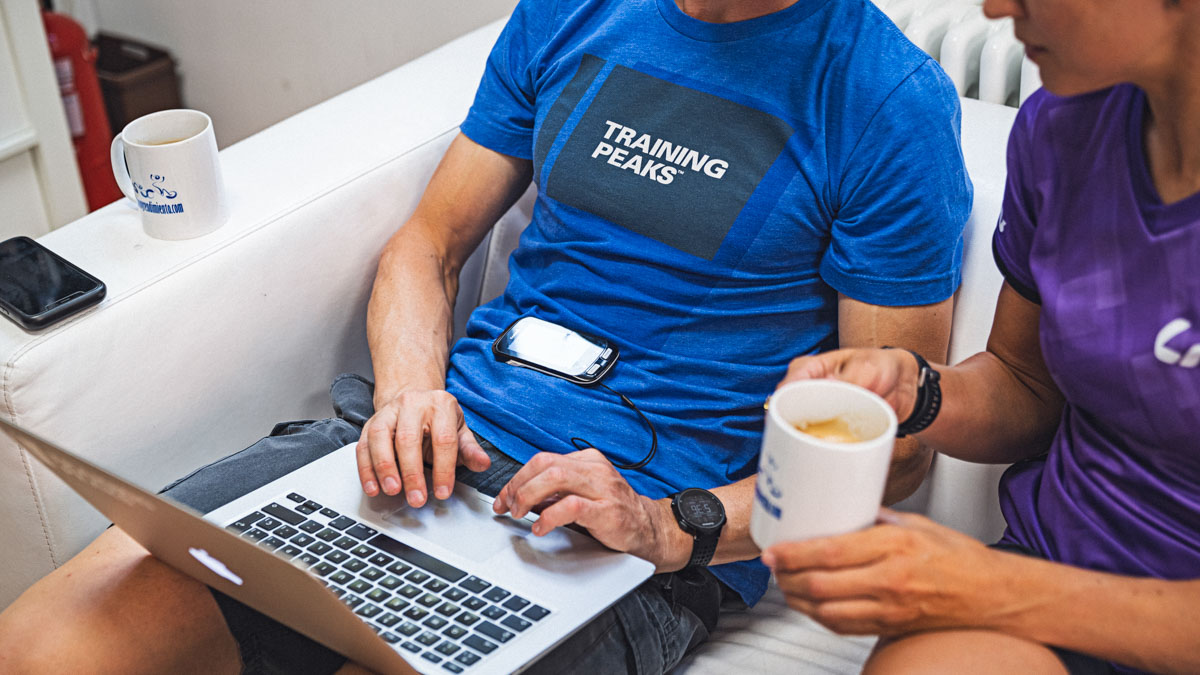For a coach, the off-season can be a difficult time. Keeping athletes on board during this period can be a struggle as many athletes look to take time off. We reached out to top coaches to get their best tips on how they keep their athletes on board and coming back for next season.
Mike Ricci – D3 Mutlisport
I like to offer them a plan for that month that is fun and lets them try something new. This may be a core routine three to four times weekly, in order to get them to work on weak areas without them even knowing it. They’ll come back to you stronger and more motivated.
Also, I send them a plan to help them lay out the next 12 months of training. How you’d structure their off-season, work on weaknesses, and how then how to approach next year’s race season.
Nicole Odell – NEO Endurance Sports
If they didn’t tell me why they are taking a break, I ask why. If it’s personal, medical, etc. reason, then I’ll let them know I’m still around, and then I’ll just follow up with them a few weeks later to check-in. That way, I don’t disappear, and I let them know I’m here for them.
If it is more because they finished a big race or season and want to take a break, I usually suggest that I guide them through recovery, so that we can do a lot less structure and they get the physical and mental break they need. I tell them it’s my job to help them get the recovery they need. In addition, I am there to make sure their transition back to structured training goes smoothly. This is the, ‘I don’t think you should take a break from me working for you’ plea. If they do insist on the formal break, I’ll do as above, and just keep checking in with them on a regular basis.
Kyle Wolfe – Finish Fast Cycling
Pre-empt the conversation by planning ahead with some alternative winter sports like orienteering, trail runs and races, fat bikes, or cross-country skiing. I look at the internet calendars and let them know what they are going to be doing. Doing this keeps them motivated.
I offer a one-month “regeneration” fee. It’s $50 for a month, keeps their account active and covers my base expenses for the month, like TrainingPeaks, insurance, etc. I let them know that if they do stop coaching that I can not guarantee there will be a slot open for them in a month or two.
I also have three TrainingPeaks libraries: short indoor, bad weather, and off-season. I share these with the athletes that are on the fence and do not charge extra for the libraries as long as they stay on board. I let the athletes drag and drop workouts and self-motivate. This gives them some workouts, but without heavy structure. Usually, they find they are so hooked on a coach that they just come back.
Jason Short – Threshold Endurance
Developing a relationship with clients. If you treat clients like numbers, they likely aren’t going to feel much loyalty or feel vested to remain with you as a coach. Taking the time to understand clients and modify training to accommodate an athlete’s needs, goes a long way in retaining an athlete from season to season.
Plan out the season with an athlete. Sometimes this may be done with an athlete at the beginning of the season if they are just signing up for coaching. However, once you sit down with them and learn about that athlete’s goals, you can talk to them about training objectives to achieve those goals.
Start the planning early. Often, at the end of a season, athletes find that if they had started earlier, they could have been on the fast track to meeting or exceeding their goals. When the next season comes around, they are eager to start a little earlier after we have a post-season chat and talk a bit about how an off-season strategy can help them start the following season on a good note.
Joy McCulloch – Big Wheel Coaching
We create recovery workouts with deep explanations that allow them to explore another side of being an athlete. Whether it be yoga, foam rolling, TRX classes or trail hikes, having structure for this type of training can be really helpful, just as much so as during their peak season, so they don’t run themselves into the ground with alternate activities.
I also take this time to educate athletes. Instead of focusing on the X’s and O’s of workouts, I create super basic training/structure but make up for it with extra phone calls to talk about the next season, about what they are experiencing out of training (slight weight gain, loss of focus, boredom, super sore muscles), and we capitalize on this time to talk about race tactics and nuances of training that may get glossed over during intense structure. This allows for open Q&A with the client, so they are paying for a consultation, not just a plan.
I use this time of year to run some company events. Many of my athletes are local/regional, so we can organize recovery rides together or base rides (where we can really teach them what endurance training is), trail hikes and runs, or meet up at the local yoga studio for a class. This allows them more one on one time with their coach, which isn’t available as frequently through the training season.
Taylor Thomas – Thomas Endurance Coaching
Develop a personal relationship. I’ve found that what most athletes desire is to have a genuine relationship with their coach. More than just someone who delivers planned workouts, I try to be a friend, cheerleader, mentor, and more so that my athletes know that I am fully committed to them.
Try to be flexible. I’ve heard from several of my athletes, “my last coach just couldn’t work with my schedule.” I try very hard to understand the stresses in my athlete’s life and be sympathetic to them. Sometimes, as a coach, you have to roll with the punches, and I think it’s more important to support your athlete than make them feel bad about missing a workout.
Use these suggestions in your own business to keep your athletes coming back to you year after year. By providing them with more value and incentive, you can continue to grow your business.









